-
 Bitcoin
Bitcoin $94,092.2703
-0.29% -
 Ethereum
Ethereum $1,799.1701
-0.39% -
 Tether USDt
Tether USDt $1.0003
-0.02% -
 XRP
XRP $2.2315
1.42% -
 BNB
BNB $601.0919
-1.03% -
 Solana
Solana $149.1813
-0.03% -
 USDC
USDC $1.0000
0.01% -
 Dogecoin
Dogecoin $0.1796
-1.12% -
 Cardano
Cardano $0.6979
-1.47% -
 TRON
TRON $0.2491
-1.02% -
 Sui
Sui $3.5910
3.48% -
 Chainlink
Chainlink $14.5359
-2.27% -
 Avalanche
Avalanche $21.7970
-0.90% -
 Stellar
Stellar $0.2830
-2.31% -
 UNUS SED LEO
UNUS SED LEO $9.0082
-0.81% -
 Toncoin
Toncoin $3.2314
-2.12% -
 Shiba Inu
Shiba Inu $0.0...01348
-5.09% -
 Hedera
Hedera $0.1871
-2.69% -
 Bitcoin Cash
Bitcoin Cash $351.4456
-2.28% -
 Litecoin
Litecoin $86.3202
-1.04% -
 Polkadot
Polkadot $4.0892
-4.60% -
 Hyperliquid
Hyperliquid $17.8780
0.04% -
 Dai
Dai $1.0001
0.00% -
 Bitget Token
Bitget Token $4.3692
-0.76% -
 Ethena USDe
Ethena USDe $0.9995
-0.01% -
 Pi
Pi $0.6305
-2.50% -
 Monero
Monero $228.7745
-0.04% -
 Pepe
Pepe $0.0...08790
-3.92% -
 Uniswap
Uniswap $5.5526
-4.49% -
 Aptos
Aptos $5.3721
-4.12%
One article to fully understand what EOS coins are, the characteristics of EOS coins, and future development trends
EOS, a blockchain platform tailored for decentralized applications, employs a DPoS consensus and parallel processing architecture, enabling it to handle a high volume of transactions with low fees and efficiency.
Oct 31, 2024 at 04:42 pm
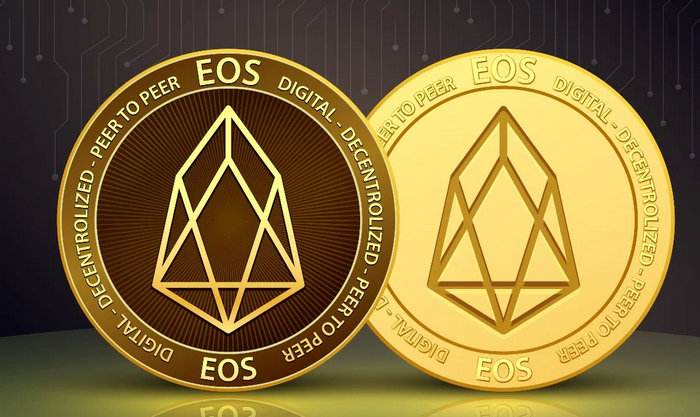
Understanding EOS Coins: Features and Future Trends
1. Introduction
EOS (EOSIO) is a blockchain platform designed to support decentralized applications (dApps) and eliminate the scalability challenges associated with traditional blockchain networks.
2. Characteristics of EOS Coins
a. Delegated Proof of Stake (DPoS)
EOS utilizes a delegated proof of stake (DPoS) consensus mechanism, where 21 block producers are elected to validate transactions. This streamlines the consensus process, reducing processing time and increasing efficiency.
b. High Scalability
The EOS blockchain is designed to handle a high volume of transactions. It employs a parallel processing architecture, allowing for multiple transactions to be processed concurrently, resulting in faster transaction speeds.
c. Low Transaction Fees
EOS utilizes a resource allocation model where users pay for computational resources rather than transaction fees. This helps reduce transaction costs and makes EOS more accessible for users.
d. User-Friendly Interface
EOS provides a user-friendly interface that makes it easy for developers to create and deploy dApps. It also offers contract management and governance features to ensure the integrity and security of applications built on the platform.
3. Future Development Trends
a. Increased Adoption of dApps
EOS is expected to see increased adoption of dApps across various industries, including gaming, finance, and social media. The platform's scalability and low transaction fees make it an attractive option for developers to build decentralized applications.
b. Enterprise Use Cases
EOS is gaining traction in the enterprise sector due to its ability to handle high workloads and its compliance with industry regulations. Businesses are exploring EOS for supply chain management, data storage, and asset tokenization.
c. Interoperability
EOS is working on enhancing interoperability with other blockchain platforms. This will allow dApps built on EOS to interact with other ecosystems and expand their reach.
d. Governance Improvements
EOS plans to implement governance mechanisms that give users more say in the platform's future development. This will allow the community to steer the direction of EOS and ensure its long-term sustainability.
Conclusion
EOS is a versatile blockchain platform that offers high scalability, low transaction fees, and a user-friendly interface. Its focus on dApp development and enterprise use cases positions it well for future growth. As adoption increases and governance improves, EOS is poised to play a significant role in the evolution of the decentralized web.
Disclaimer:info@kdj.com
The information provided is not trading advice. kdj.com does not assume any responsibility for any investments made based on the information provided in this article. Cryptocurrencies are highly volatile and it is highly recommended that you invest with caution after thorough research!
If you believe that the content used on this website infringes your copyright, please contact us immediately (info@kdj.com) and we will delete it promptly.
- If You Missed Solana's Explosive Breakout, There May Still Be Time to Catch the Next Big Opportunity—Lightchain AI
- 2025-04-28 01:20:13
- DungeonQuest
- 2025-04-28 01:20:13
- Bitcoin: the paradox of the discount and the voracious appetite of institutions
- 2025-04-28 01:15:12
- At $0.006695, Unstaked Could Outperform $0.2412 TRX and $0.57 ADA by 28x
- 2025-04-28 01:15:12
- Bitcoin (BTC) Price Cycle Theory Under Threat, Investors Could See The First Unique Cycle In Bitcoin's History
- 2025-04-28 01:10:13
- PEPE's 24% rally shows resilience. Despite a dip, the meme coin could break past $0.000010 in May. Is PEPE's growth momentum here to stay.
- 2025-04-28 01:10:13
Related knowledge

What is Ethereum’s Slashing mechanism and how to punish malicious behavior?
Feb 20,2025 at 03:08am
Key PointsOverview of slashingDifferent types of slashing in EthereumIncentives and consequences of slashingIdentifying and reporting slashed validatorsOngoing discussions and potential improvementsEthereum's Slashing Mechanism: Punishing Malicious BehaviorEthereum's slashing mechanism is an essential tool for ensuring network security and punishing mal...
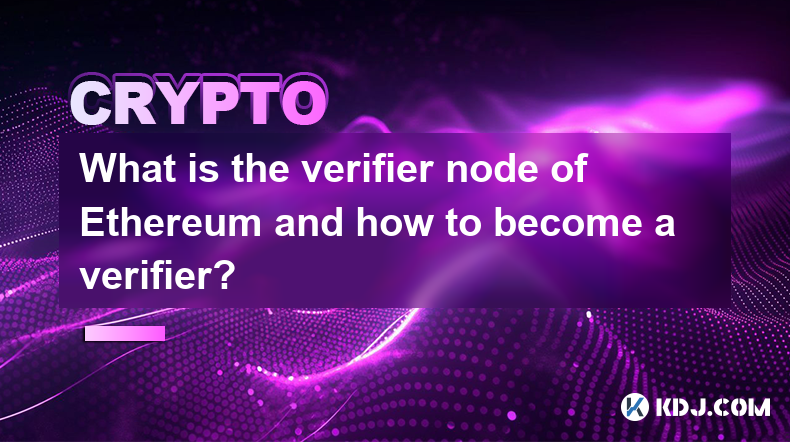
What is the verifier node of Ethereum and how to become a verifier?
Feb 19,2025 at 06:00pm
The Verifier Node of Ethereum: A Comprehensive GuideKey Points:What is a Verifier Node?How to Become a Verifier NodeResponsibilities and Rewards of a Verifier NodeMinimum Requirements for Becoming a Verifier NodePotential Difficulties in Running a Verifier Node1. What is a Verifier Node?A Verifier Node is an independent entity on the Ethereum network th...
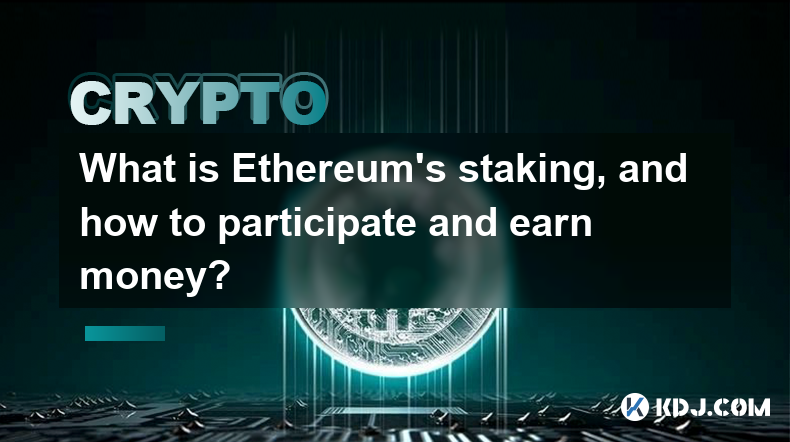
What is Ethereum’s staking, and how to participate and earn money?
Feb 19,2025 at 04:37pm
Key Points:Understanding Ethereum's Staking MechanismSteps to Participate in StakingBenefits and Rewards of StakingSecurity and Risk ConsiderationsTechnical Requirements and Hardware OptionsPotential Challenges and Troubleshooting TipsFAQs on Ethereum StakingWhat is Ethereum's Staking?Proof-of-Stake (PoS) is a consensus mechanism used in blockchain netw...
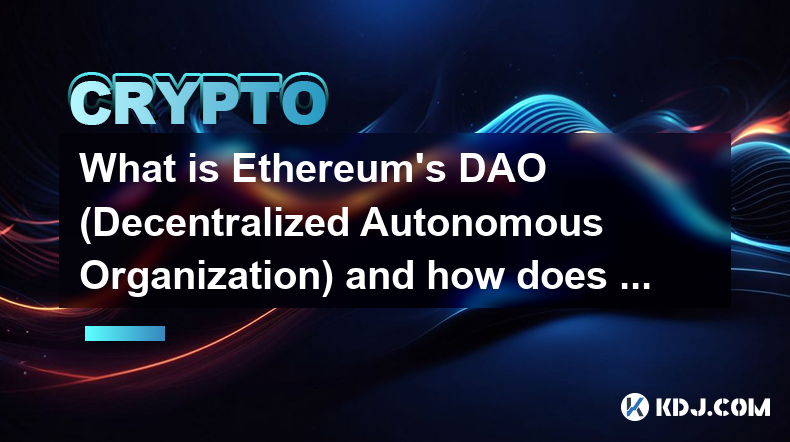
What is Ethereum’s DAO (Decentralized Autonomous Organization) and how does it work?
Feb 20,2025 at 03:12am
Key PointsDefinition and Structure of a DAOGovernance and Decision-Making in DAOsBenefits and Use Cases of DAOsChallenges and Limitations of DAOsWhat is Ethereum's DAO (Decentralized Autonomous Organization) and How Does It Work?Definition and Structure of a DAOA Decentralized Autonomous Organization (DAO) is an innovative governance and management fram...
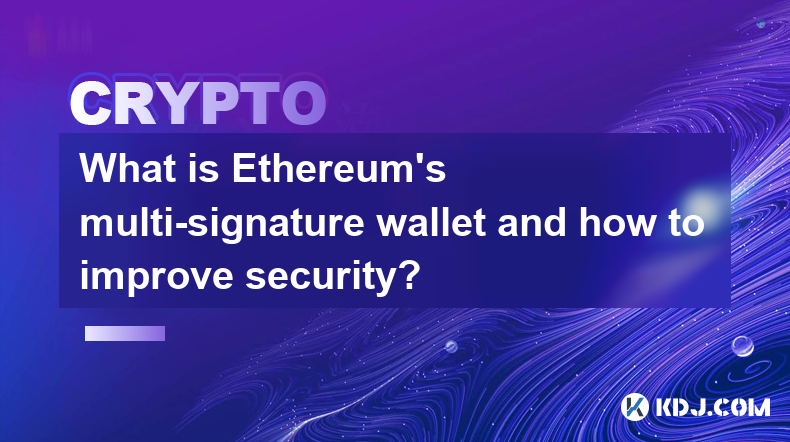
What is Ethereum's multi-signature wallet and how to improve security?
Feb 20,2025 at 02:18pm
Key Points:Understanding the Concept of a Multi-Signature WalletBenefits and Drawbacks of Multisig WalletsRequirements for Setting Up a Multisig WalletStep-by-Step Guide to Generating a Multisig WalletImplementing Strategies for Enhanced Security1. Understanding the Concept of a Multi-Signature WalletA multi-signature (multisig) wallet in the Ethereum e...
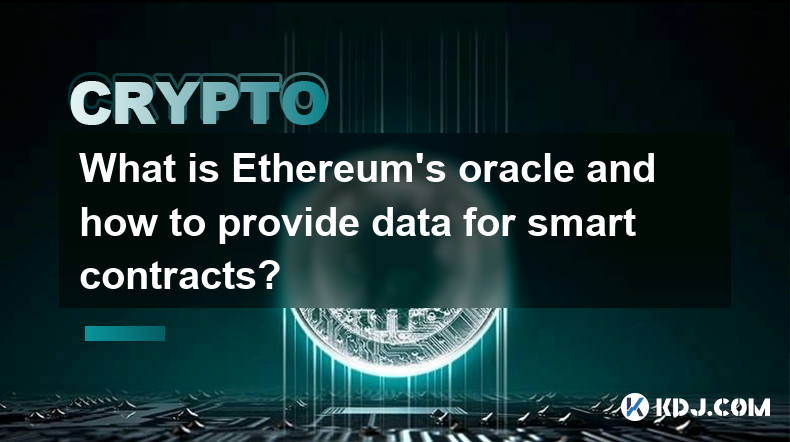
What is Ethereum's oracle and how to provide data for smart contracts?
Feb 21,2025 at 01:30am
Key Points:Understanding the concept of oracles in EthereumExploring different types of oraclesDetailed guide on how to provide data for smart contractsAddressing potential challenges and considerationsWhat is Ethereum's Oracle?Oracles are crucial components in the Ethereum ecosystem, enabling smart contracts to access real-world data and off-chain even...

What is Ethereum’s Slashing mechanism and how to punish malicious behavior?
Feb 20,2025 at 03:08am
Key PointsOverview of slashingDifferent types of slashing in EthereumIncentives and consequences of slashingIdentifying and reporting slashed validatorsOngoing discussions and potential improvementsEthereum's Slashing Mechanism: Punishing Malicious BehaviorEthereum's slashing mechanism is an essential tool for ensuring network security and punishing mal...

What is the verifier node of Ethereum and how to become a verifier?
Feb 19,2025 at 06:00pm
The Verifier Node of Ethereum: A Comprehensive GuideKey Points:What is a Verifier Node?How to Become a Verifier NodeResponsibilities and Rewards of a Verifier NodeMinimum Requirements for Becoming a Verifier NodePotential Difficulties in Running a Verifier Node1. What is a Verifier Node?A Verifier Node is an independent entity on the Ethereum network th...

What is Ethereum’s staking, and how to participate and earn money?
Feb 19,2025 at 04:37pm
Key Points:Understanding Ethereum's Staking MechanismSteps to Participate in StakingBenefits and Rewards of StakingSecurity and Risk ConsiderationsTechnical Requirements and Hardware OptionsPotential Challenges and Troubleshooting TipsFAQs on Ethereum StakingWhat is Ethereum's Staking?Proof-of-Stake (PoS) is a consensus mechanism used in blockchain netw...

What is Ethereum’s DAO (Decentralized Autonomous Organization) and how does it work?
Feb 20,2025 at 03:12am
Key PointsDefinition and Structure of a DAOGovernance and Decision-Making in DAOsBenefits and Use Cases of DAOsChallenges and Limitations of DAOsWhat is Ethereum's DAO (Decentralized Autonomous Organization) and How Does It Work?Definition and Structure of a DAOA Decentralized Autonomous Organization (DAO) is an innovative governance and management fram...

What is Ethereum's multi-signature wallet and how to improve security?
Feb 20,2025 at 02:18pm
Key Points:Understanding the Concept of a Multi-Signature WalletBenefits and Drawbacks of Multisig WalletsRequirements for Setting Up a Multisig WalletStep-by-Step Guide to Generating a Multisig WalletImplementing Strategies for Enhanced Security1. Understanding the Concept of a Multi-Signature WalletA multi-signature (multisig) wallet in the Ethereum e...

What is Ethereum's oracle and how to provide data for smart contracts?
Feb 21,2025 at 01:30am
Key Points:Understanding the concept of oracles in EthereumExploring different types of oraclesDetailed guide on how to provide data for smart contractsAddressing potential challenges and considerationsWhat is Ethereum's Oracle?Oracles are crucial components in the Ethereum ecosystem, enabling smart contracts to access real-world data and off-chain even...
See all articles























































































